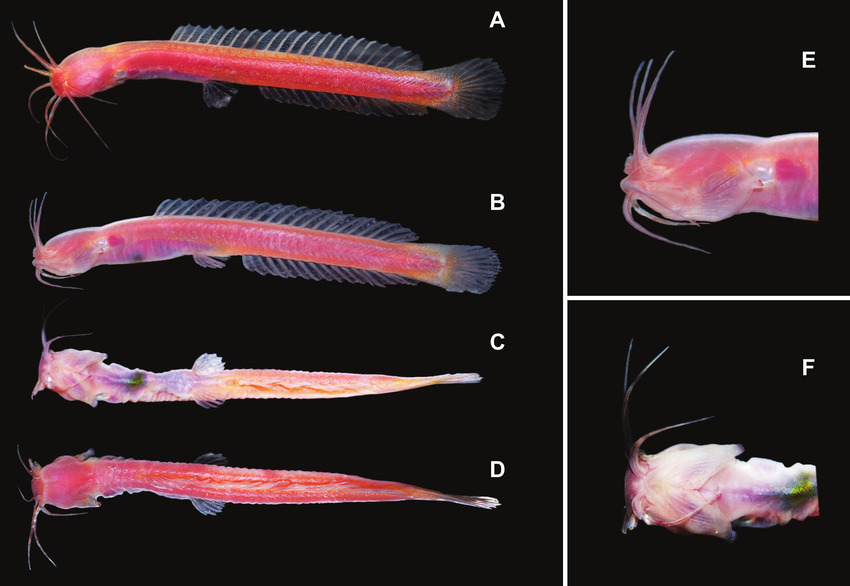
New species of tiny catfish discovered in Kerala

A team of researchers from India and Germany have identified a newly discovered species of catfish in Kerala. The catfish is characterized by its lack of eyes, a blood-red body, and a tiny size that does not exceed 32 millimeters.
The researchers studied the genus Horaglanis of catfish — a diverse group of ray-finned fish. The tiny members of this genus, only about three centimeters in length, live in local aquifers without light.
As part of a broad-based Citizen Science project, the study published in the journal Vertebrate Zoology was able to gather information on the distribution of the animals, their genetics, and evolutionary history.
Also Read: New long-fingered bat species discovered in India, Sri Lanka: Team members
“Currently, 289 fish species are known from subterranean aquatic habitats worldwide — less than 10 per cent of them live in aquifers,” said Ralf Britz of the Senckenberg Natural History Collections.
“In order to obtain information from this almost unknown biotope, we conducted a six-year study of water-bearing laterite rock layers and their fascinating fish fauna in the southern Indian state of Kerala,” Britz said.
Horaglanis fishes live exclusively in aquifers, are very small, blind, and they lack pigments.
“There are very few documented occurrences of these species — as a rule, these elusive little fish only come to the surface when a domestic well is being dug or cleaned,” Britz explained.
Also Read: New colourful species of leopard geckos identified in Odisha, AP
The biologist and his Indian colleagues, led by Rajeev Raghavan from the University of Kochi, Kerala and Neelesh Dahanukar from Shiv Nadar Institution of Eminence, Delhi-NCR, relied on the cooperation of local citizen scientists.
Over a six-year period, they conducted a series of workshops, focus group discussions, and informal conversations with communities at several sites, including the type localities of the three Horaglanis species known to date.
The researchers complemented this citizen science approach with targeted collection efforts in wells and above-ground storage tanks, with scoop nets in shallow wetlands, water channels, home gardens, and plantations, and with the use of baited traps in excavated wells on farmsteads, in ponds, and caves.
“This allowed us to generate data sets with a total of 47 new site detections and 65 new genetic sequences. These show, among other things, that Horaglanis are endemic to the part of Kerala state south of the Palghat Gap — the mountain pass apparently represents a biogeographical barrier for the subterranean world as well,” Britz explained.
Also Read: ‘Falcon capital of the world’ Nagaland records 178 bird species
“The genus is characterised by a high level of genetic diversity that has evolved over millions of years — although the fishes’ appearance has changed remarkably little,” he added.
New species found
In addition, the team succeeded in identifying a new species: Horaglanis populi is a catfish measuring no more than 32 millimetres, with no eyes and a blood-red body, and is genetically distinct from the three previously known Horaglanis species.
“The specific name populi, the genitive of the Latin noun for people, honours the invaluable contributions of the interested public in Kerala who helped document the biodiversity of these subterranean fishes — including the discovery of the new species,” says Britz.
“Our Horaglanis project is an excellent example of how public involvement can greatly increase our knowledge of rarely collected organisms that live in relatively inaccessible habitats. Local people expand the researchers eyes and ears by several orders of magnitude,” he added.
(With agency inputs)

